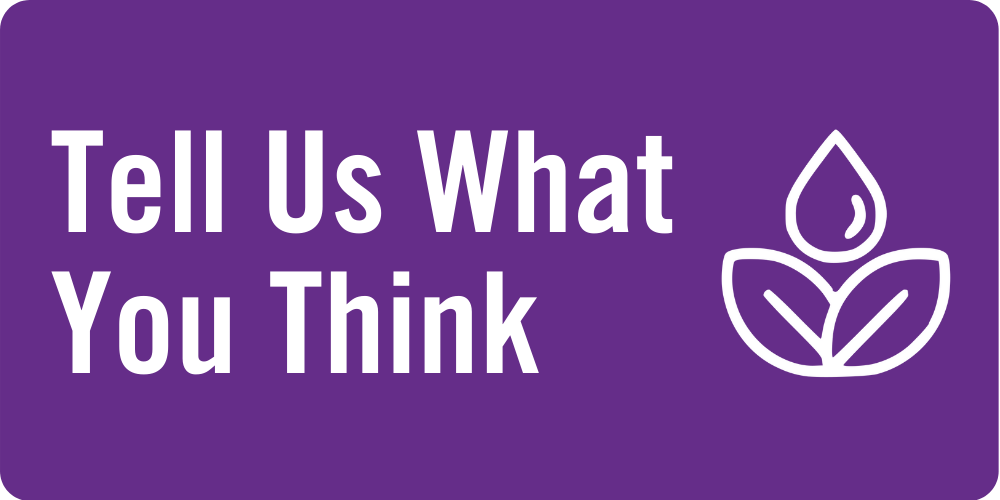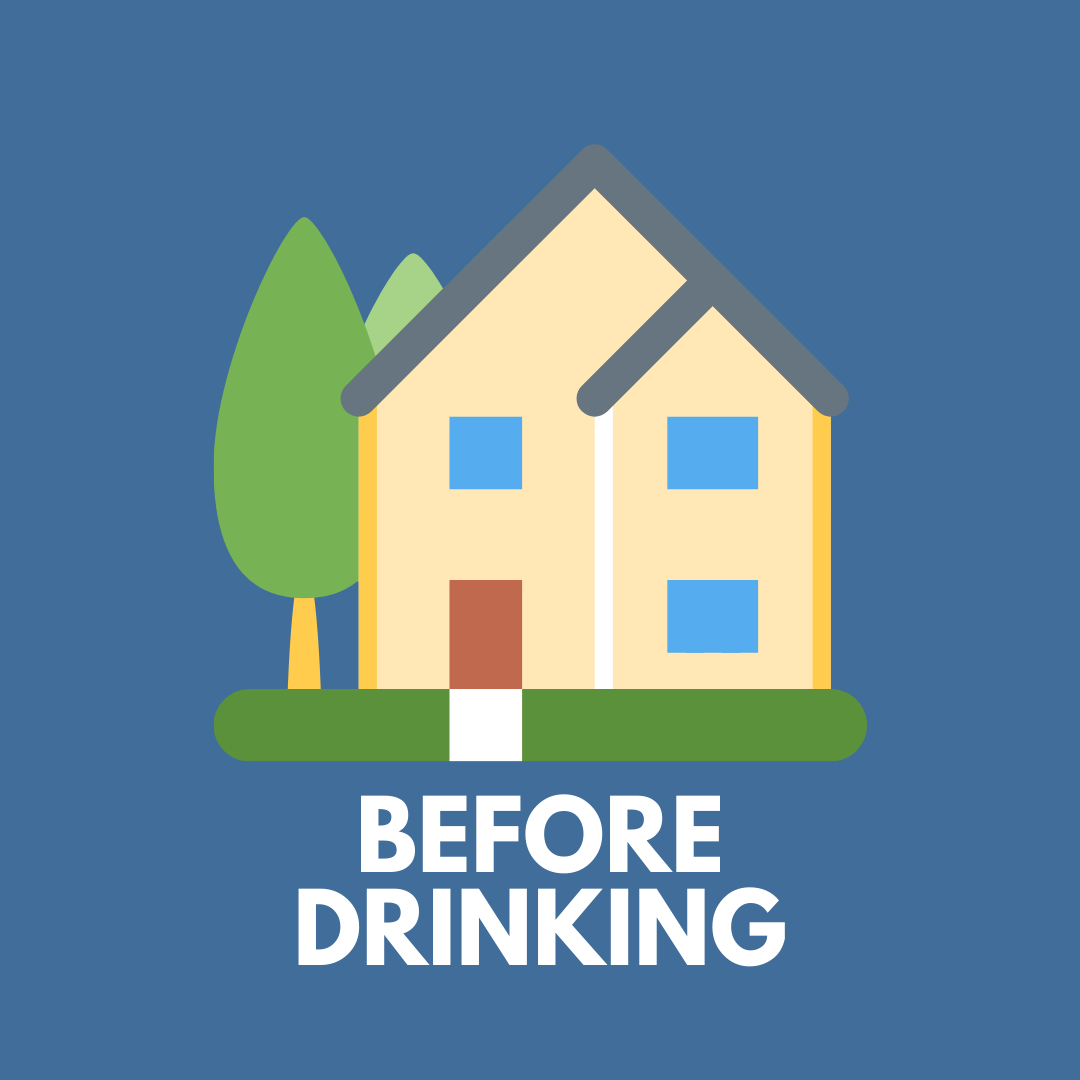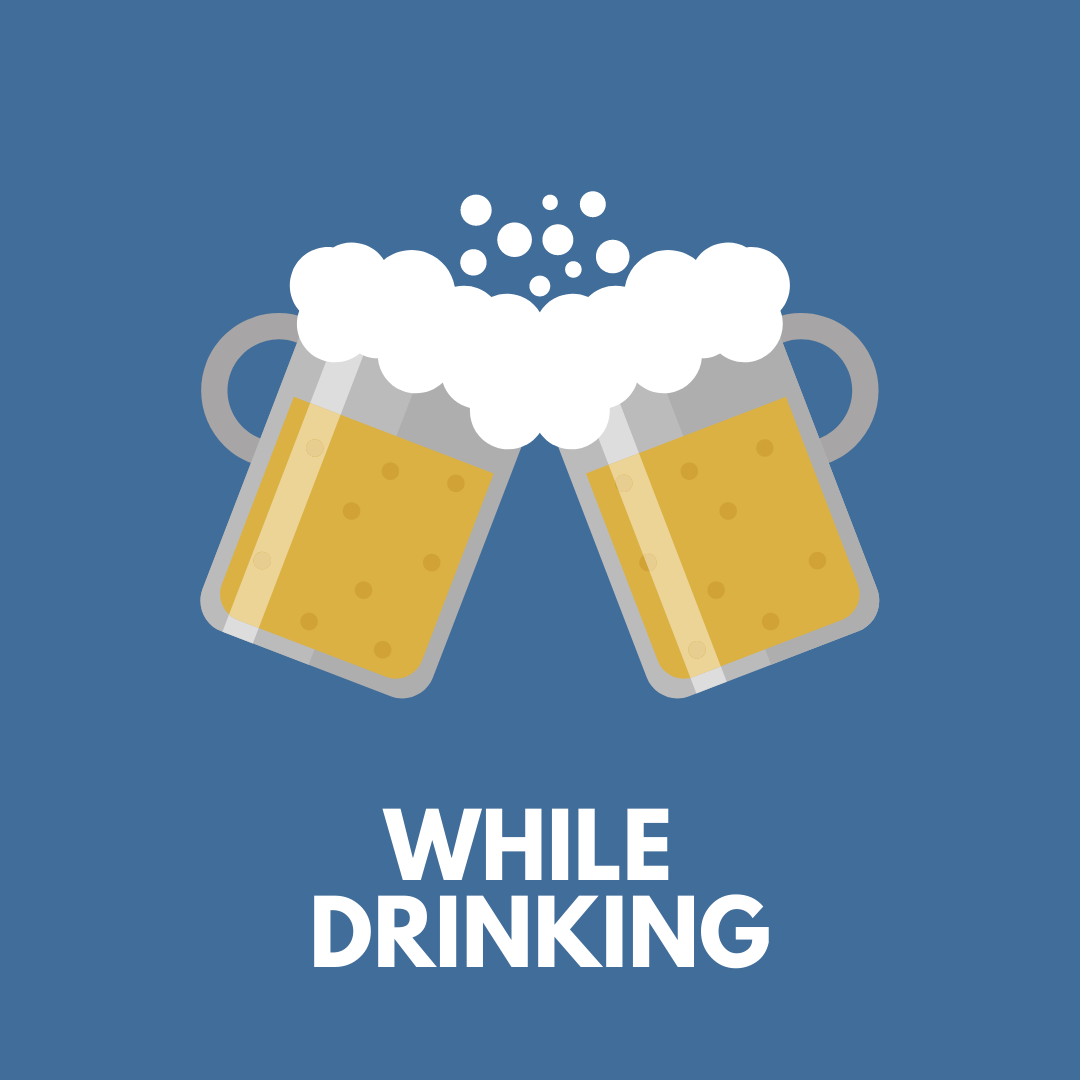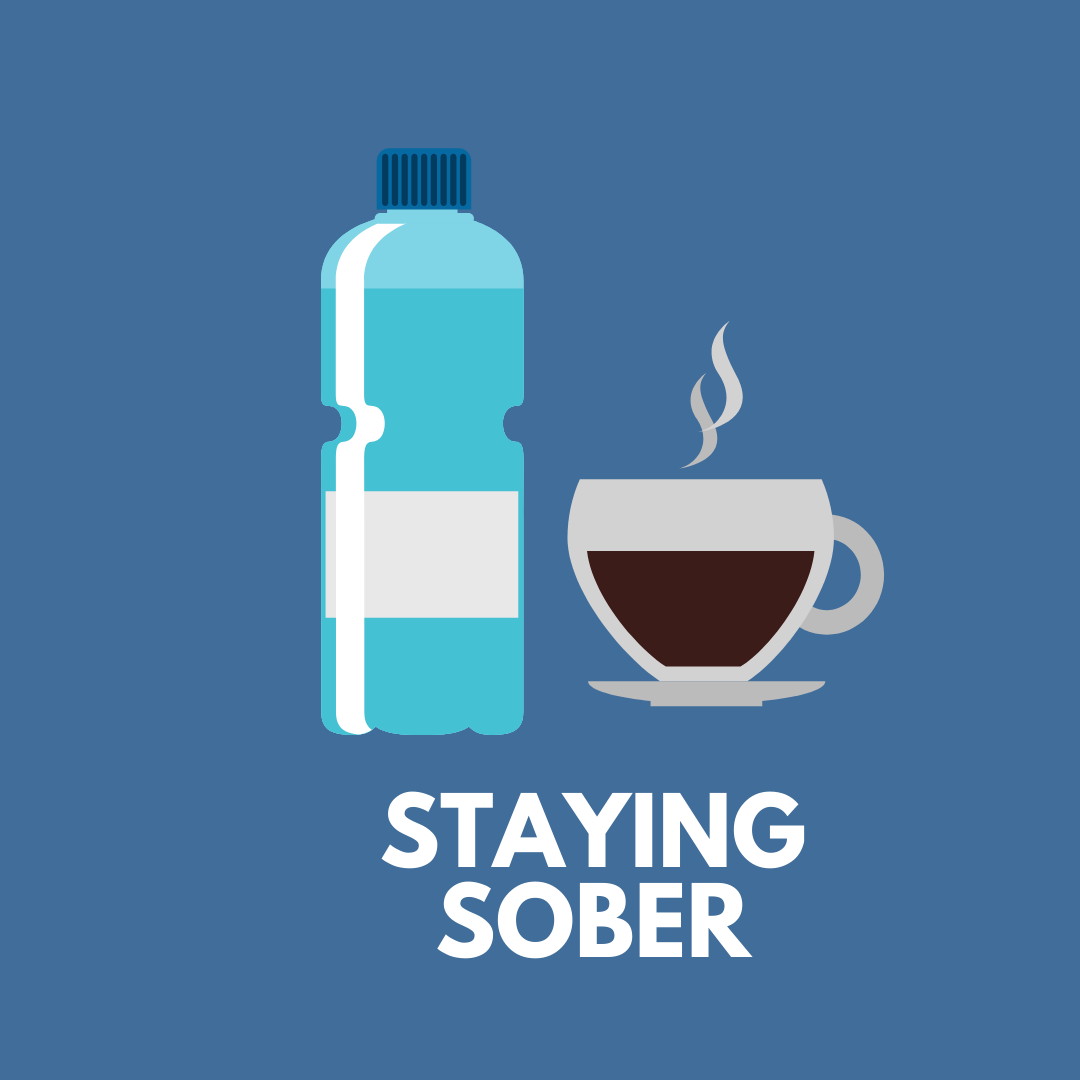Safer Alcohol Use
University life and drinking are often depicted to go hand in hand, and it's true that students typically drink more often and in larger amounts than their non-student peers. People drink for all kinds of reasons—having fun, socializing, dealing with stress, boredom, or just because it feels like the thing to do. Whatever your reason, if you choose to drink, knowing how to do it safely can help you have a good time while reducing the risks.
| What's in A Drink |
Many people are surprised to learn what counts as an actual drink. In Canada, a ‘standard’ drink is any drink that contains about 13.6 grams of “pure” alcohol. Once you know what a standard drink is you will know how much alcohol you are actually drinking. One Drink Equals
Canada’s Low-Risk Alcohol Drinking Guidelines
|
| Tips for a Night Out |
Before Drinking |
| Alcohol-Free Activities |
Reducing your alcohol consumption or abstaining altogether doesn't mean you have to lock yourself in your room. There are a lot of things to do that don't involve a drop of alcohol. Thunder Bay Orillia |
| Reducing Alcohol Consumption |
Contrary to public opinion, not everyone on campus is drinking. In fact- alcohol consumption is on the decline at Lakehead. It can still be hard to say no in the moment so it’s best to practice what you will say ahead. Build your drink refusal skills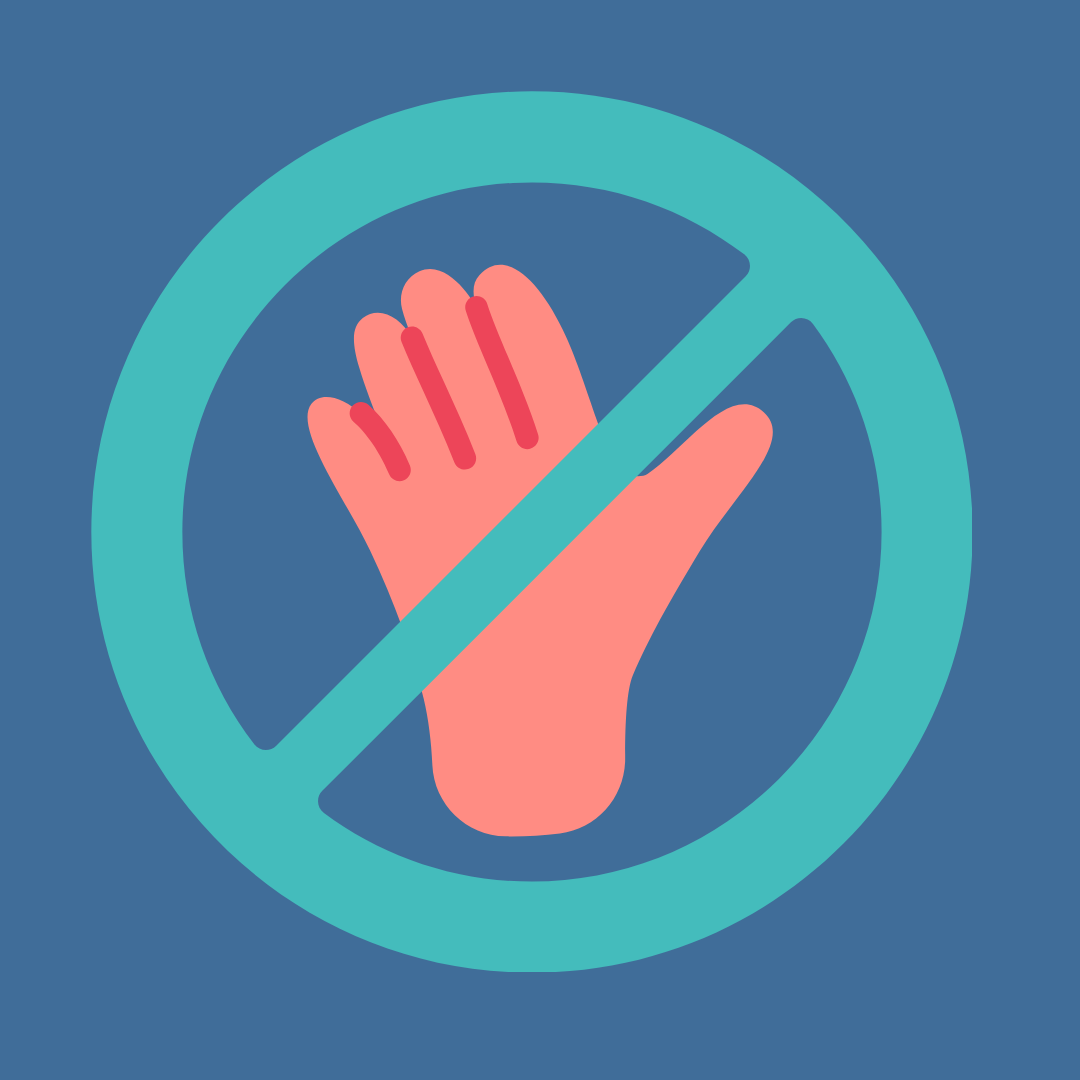 Tips
Examples“ I don’t think I’ll be drinking tonight, I’ve decided to take a break for a while” “Thanks but I've already had my drink for the night and I'm sticking with water from here on. I've got a research paper to complete in the morning and it's already overdue." |
| Binge Drinking |
| Binge or heavy drinking, referred to technically as heavy episodic drinking, poses serious health and safety risks. Young adults, particularly post-secondary students, are more susceptible to these risks. |
| When Drinking Becomes Problematic |
University life often brings new social opportunities, and drinking can sometimes be part of the experience. However, it's important to recognize when alcohol use might be crossing into risky territory. Understanding the warning signs can help you make informed choices about alcohol and prioritize your health.
Wondering about your own alcohol use? Check out CCSA's Practical Guide to Assessing Your Drinking |
| Alcohol Poisoning |
Alcohol poisoning is when there’s too much alcohol in your blood, and it causes parts of your brain to shut down. It’s also called alcohol overdose. Alcohol is a depressant. That means it can affect your brain and nervous system to slow your breathing, your heart rate, and other important tasks that your body does. Your liver usually does a good job of keeping alcohol's toxins from getting into your bloodstream. But if you drink a lot in a short time, your liver may not be able to keep up. Alcohol poisoning can lead to brain damage or death. If you’re with someone who might have drunk too much, call 911 right away. Alcohol poisoning symptoms include:
Do’s
Dont’s
|
| Resources |
Cannabis
Cannabis use is common among university students, whether for relaxation, socializing, stress relief, or just curiosity. While it may feel like a normal part of student life, it’s important to understand the effects—both short- and long-term—so you can make informed choices. If you choose to use cannabis, think about how, when, and why you’re using it, and take steps to reduce potential harms.
| Cannabis and the Law in Ontario |
|
| Cannabis Use and Driving |
|
| Safer Use Guidelines |
To reduce the health risks from using cannabis:
|
| Greening Out |
Greening out is a term used to describe the negative effects one may experience as a result of consuming too much cannabis. Although everyone will experience a green out differently, it will generally cause individuals to experience all or some of the following side effects including feeling dizzy, nauseous, disoriented, anxious, experiencing mild hallucinations, a loss of balance, decreased mobility, low blood pressure and an increased heart rate. New or infrequent users are more prone to greening out as they test their tolerance levels. However, all cannabis users have the potential to green out especially if they are sleep deprived, dehydrated or have not eaten. Greening out often occurs as a result of consuming edibles and concentrates, which contain higher and more potent amounts of cannabis and thereby increases the potency of the experienced effects. A green out typically lasts a few hours, although it is dependent on the amount of cannabis an individual consumes. Experiencing a green out is a non-life-threatening condition, but when coupled with alcohol or other substances as it can increase the duration of negative effects and pose significant risks to one’s well-being. To prevent a green out, it is important to start low and go slow, purchase your product from regulated retailers, do not mix with alcohol or other substances, ensure you are hydrated and have food in your system. In the event that a green out occurs, it is crucial to stay hydrated, rest, stay with someone you trust, and stay calm as a fatal overdose cannot occur from consuming cannabis by itself. |
| Resources |
Tobacco Use and Vaping
Smoking and vaping are often used to deal with stress, boost focus, or fit in socially. While they might feel like quick fixes, they also come with health risks that build up over time. If you choose to smoke or vape, consider how it fits into your life and explore ways to reduce harm, whether that’s cutting back, setting limits, or looking into alternatives.
For many Indigenous cultures, tobacco has a deep spiritual and cultural significance and it’s important to distinguish between ceremonial use and the commercial use of tobacco. While tobacco has been misused in modern contexts, its traditional and spiritual role remains an integral part of Indigenous cultures. Respect for the cultural significance of tobacco can help promote a deeper understanding of its use in these contexts.
| Smoking |
Smoking remains one of the most harmful habits for your health, with long-term risks that can affect almost every part of your body. While it may seem like a way to manage stress or fit in socially, the effects of smoking go far beyond the momentary relief. Whether you smoke cigarettes, cigars, or use other tobacco products, the health risks are serious and well-documented. Potential health effects of smoking:
|
| Vaping |
Vaping is often marketed as a safer alternative to smoking, but the reality isn’t so clear. While it may seem harmless, vaping comes with risks—especially due to high nicotine levels and exposure to harmful chemicals. The long-term effects are still being studied, but the short-term harms alone are worth considering before picking up or continuing the habit. What’s in a vape?
Potential health effects of vaping:
|
| Smokeless Tobacco & Nicotine Pouches |
Chewing tobacco, snuff, dip, and nicotine pouches (like Zyn) are often seen as “safer” alternatives to smoking or vaping—but they still come with serious health risks and are highly addictive. While they don’t expose users to smoke, they contain high levels of nicotine and harmful chemicals that can impact both short- and long-term health. Potential health effects:
|
| Cessation Options |
While quitting can be challenging, there are evidenced based strategies
|
Illicit & Prescription Drug Use
Some students use illicit or non-prescribed substances for different reasons, but it's important to recognize the risks. Mixing drugs, not knowing what’s in them, or using them in high doses can have serious effects.
| Study Drugs |
Some students use prescription stimulants like Adderall or Ritalin without a prescription, hoping to improve focus or stay awake longer while studying. However, using these medications without medical supervision can come with risks, including:
Instead of relying on study drugs, consider healthier alternatives to improve focus and productivity:
|
| Steps to reduce your risk of an overdose |
If you are engaging in drug use, there are various measures you should take to decrease your likelihood of experiencing an overdose:
|
| Signs of an opioid overdose |
It is necessary to recognize the signs of an individual experiencing an overdose to assist them. The following characteristics are indicative of an individual who is experiencing an overdose:
Overdoses are considered medical emergencies, If you suspect someone is experiencing an overdose call 9-1-1 immediately. Do not worry about legal repercussions for the individual experiencing an overdose, yourself or others as The Good Samaritan Drug Overdose Act works to provide legal protection for anyone seeking or receiving help for an individual experiencing an overdose to increase willingness to receive help. Learn more about this Act here. What to do if you suspect an opioid overdose:
|
| Resources |
If you suspect a person is experiencing an overdose or unintended poisoning: call 9-1-1 If you are looking for help with substance use do not hesitate to reach out to one or more of the following supports:
|



